
Next we need to explore the mathematics of scaling.
- Subject:
- Applied Science
- Arts and Humanities
- Computer Science
- Graphic Arts
- Material Type:
- Lesson
- Provider:
- Khan Academy
- Provider Set:
- Pixar
- Author:
- Disney Pixar
- Khan Academy
- Date Added:
- 07/14/2021

Next we need to explore the mathematics of scaling.

Now you are ready to start subdividing your own shapes with more than 4 points!

How can trees be combined to count robots with many parts?

Mrs. Rowhani's third graders learn about matter and energy by building a Spout bot with Khan Academy. Special thanks to: Santa Rita's volunteer parents, Kami Thordarson, Karen Wilson and of course Laleh Rowhani the class teacher. Created by Karl Wendt.

401(k)s (and how they compare to IRAs). Created by Sal Khan.
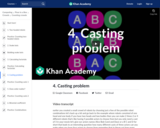
Now it's time for a really meaty problem! How can we count the number of possible casts when given a large set of robots to choose from?

We need to be careful with the order of scaling and translation. But why?
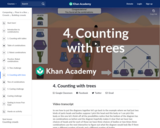
Tree diagrams allow us to visualize these counting problems using any number of parts.
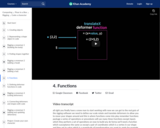
Next you'll use functions to *store* your deformer functions.

Okay we know how to calculate the touching point, great! Next let's think about how we can prove this is true.

Next let's build a blade of grass using a parabolic arc as a spine.

Created by Brit Cruise.

Case study from Monsters University.

Let's breathe some life into our ball using a key animation principle: squash and stretch.

Now let's think about how subdivision would work in 3D.

Next we need to throw away the slope-intercept form and use the line equation instead.
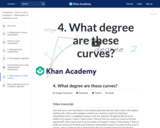
Bonus! In this video we'll connect the degree of these curves to the number of control points in the construction.
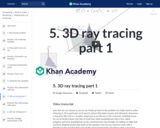
Now we are ready to ray trace in 3D. We'll look at the problem of ray triangle intersection.

Finally, let's bring our parabolic arc to life!

Now it's your turn to drive. In this video we'll present you with a casting challenge to complete using everything we've learned so far.